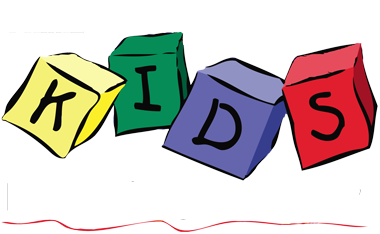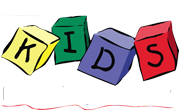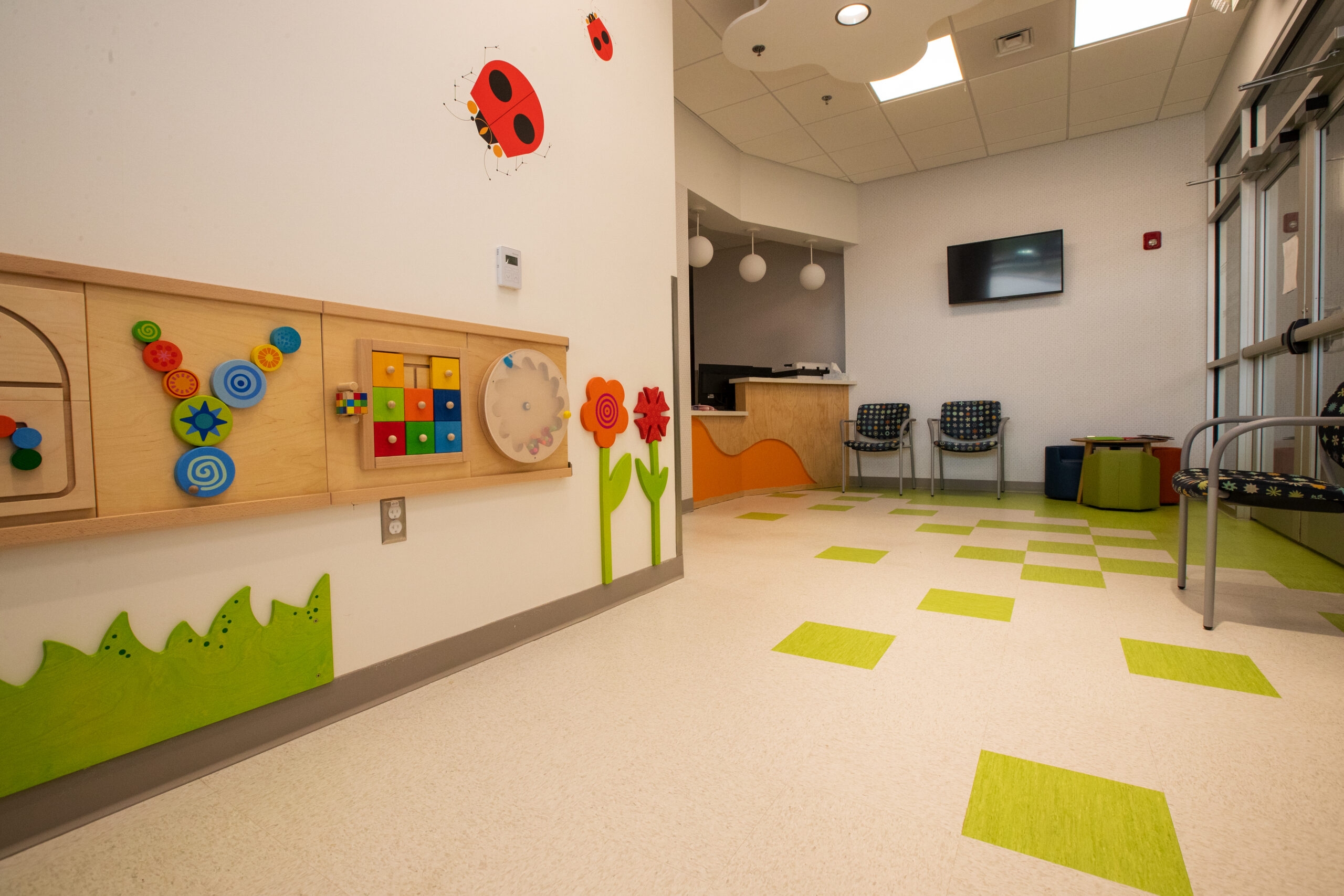
Creative Arts: Why is Art & Craft Time Essential in Early Education?
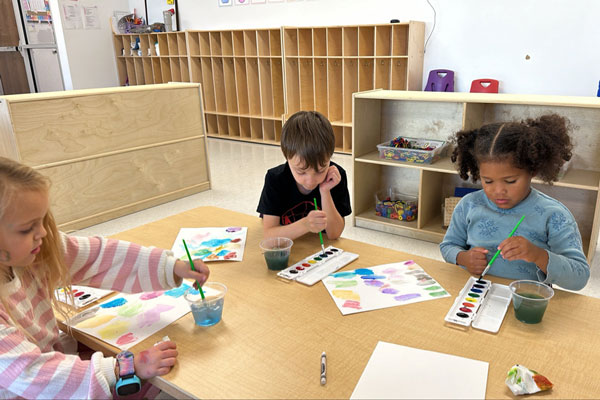
Art and craft time are essential in early education for a variety of reasons, as it plays a crucial role in a child’s development across multiple domains. Here are some key reasons why art and craft activities are so important:
1. Provides a Sense of Accomplishment
Completing an art project, no matter how simple, gives children a tangible result they can be proud of. This feeling of accomplishment nurtures a sense of success and reinforces the idea that effort leads to results.
2. Builds Visual-Spatial Skills
Art activities often involve visual-spatial reasoning, as children learn to understand shapes, proportions, and how objects relate to each other in space. These skills are important for many academic areas, including mathematics and geometry.
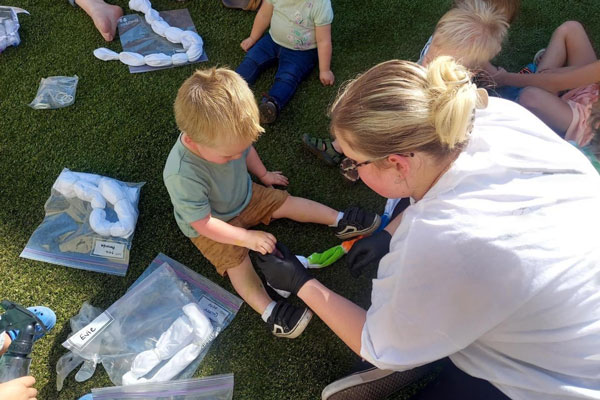
3. Improves Fine Motor Skills
The actions involved in cutting, drawing, coloring, gluing, and molding during art activities help strengthen fine motor skills. These skills are essential for tasks like writing, buttoning clothes, tying shoes, and using utensils. The dexterity children gain through handling brushes, scissors, or clay is foundational to their physical development.
4. Creativity and Imagination
Art and craft activities allow children to express themselves freely and think outside the box. Whether they are drawing, painting, or constructing something with their hands, they engage their imagination, which helps them develop creative problem-solving skills. Creative expression boosts self-confidence and gives children the freedom to explore new ideas.
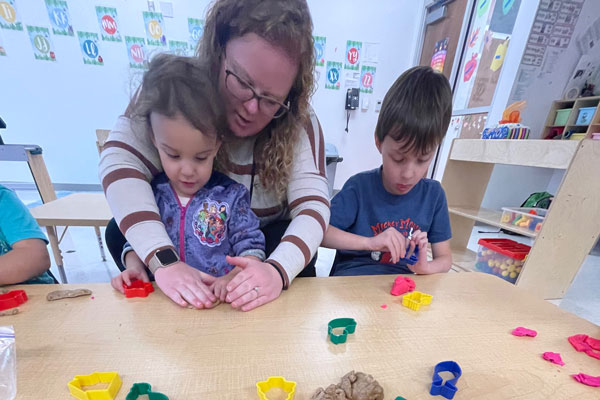
5. Promotes Emotional Expression and Regulation
Art provides children with a safe space to express their emotions. Drawing or creating art can be an outlet for feelings they might not yet have the words for, helping them process complex emotions. This emotional expression can foster self-awareness, empathy, and resilience, and it can be particularly helpful in managing stress or frustration.
6. Support Language Development
Art and craft activities provide rich opportunities for vocabulary building and language development. As children describe their artwork, tell stories about their creations, or follow verbal instructions, they are expanding their language skills. Teachers or parents can also introduce new words related to colors, shapes, textures, and techniques, further boosting language comprehension.

In summary, art and craft activities are much more than just “fun” in early education. They are integral to children’s overall development—cognitive, emotional, social, and physical. These activities offer rich opportunities for children to explore, express, and learn in a way that builds a foundation for lifelong skills and self-confidence.
Recent Posts

“Please Don’t Let Them Get Dirty!” Why Messy Play Matters at PKLC
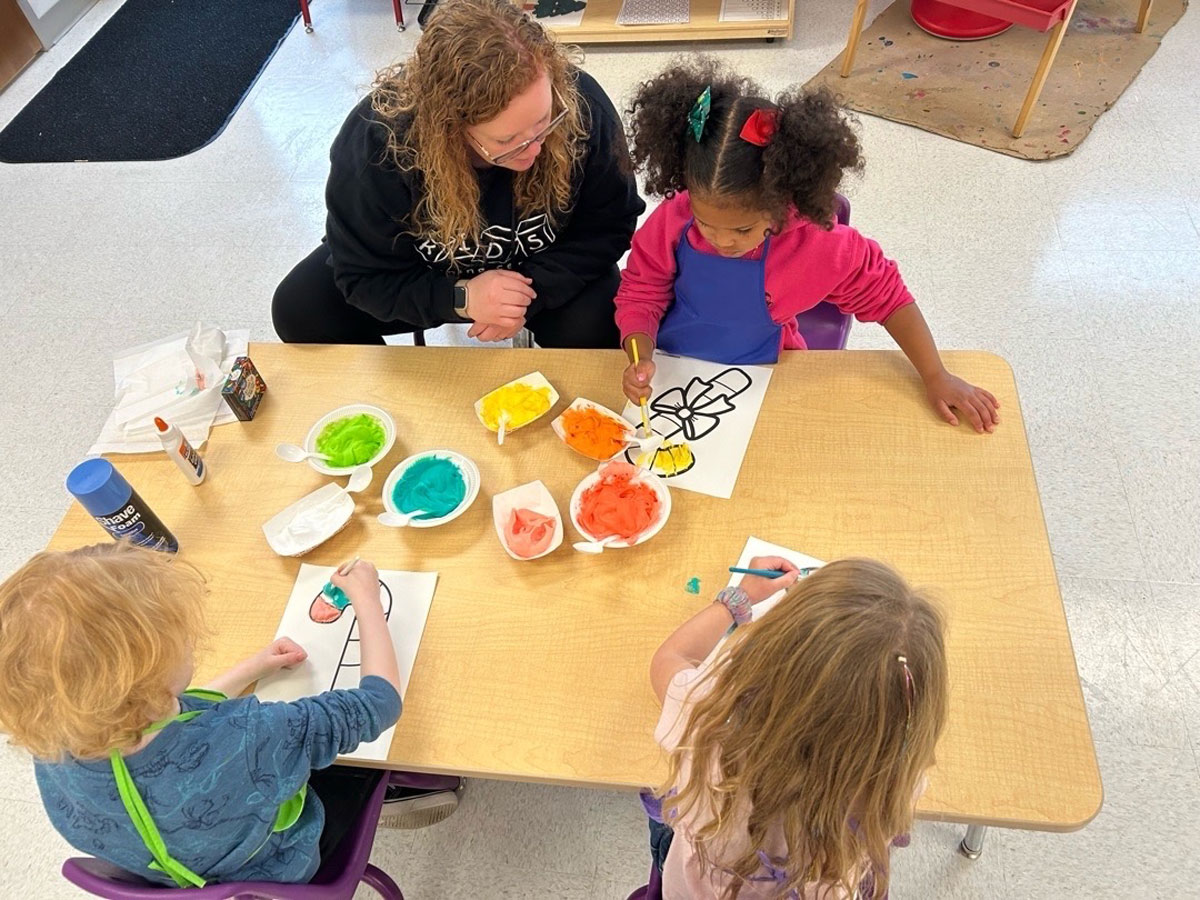
Engaging and educational activities parents can do at home with their children to enhance learning
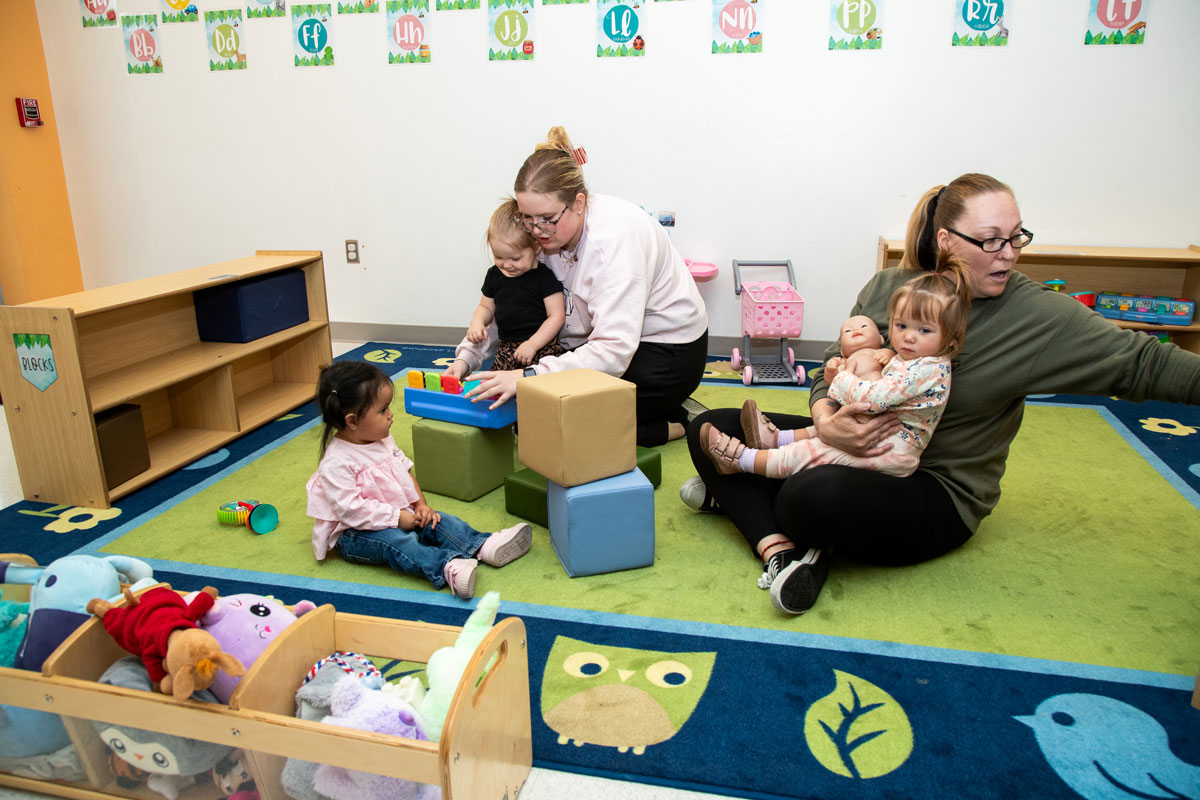
The Importance of Play-Based Learning: A Key To Your Child’s Growth
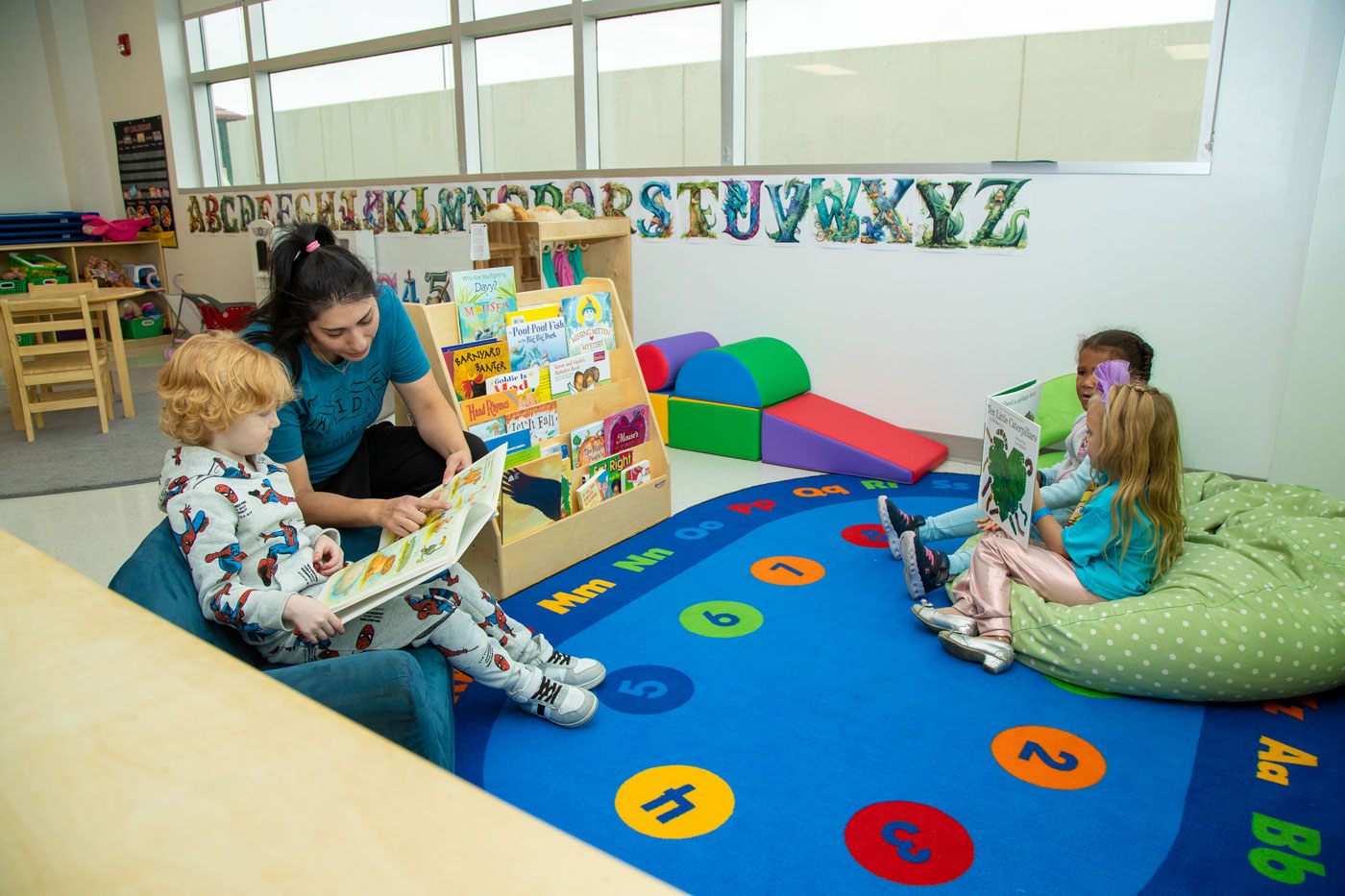
5 Ways to Support Literacy at Home

